| Date: 08-04-2020 | |
| Number of Hours: 18 | |
| Manual Reference: 25 |
You know there is some sort of progress when it is time to paint the interior of the plane.
After years of taking notes and reading on line posts, this is my interior paint system. Criteria is for long wearing, easy to maintain and touch up and all done with a rattle can.
The piece on the right of the pic is one of several sample pieces I made.
As you see above, all Rust-oleum. My undercoat is the flat grey, stone American accents for the texture and Satin clear on top.
The process is a light sand of the item. It doesn’t need a careful fill for a ‘perfect finish’. Due to the texture I am quite happy to just prep the surface with a sanding of around 80-120 grit and then clean the surface with Prepsol, a grease and wax remover.
First up, Primer for a full grey coverage. Then spray on the texture which is amazing to see out of a rattle can. Next up a good three coats of clear. Then I sandpaper the sharp edges off the surface as its really rough, not too much sanding here either. Finally I’m using scotchbrite (as pictured) to dull the surface to a matte finish. That takes a good rub for a few minutes.
It ends up with texture that will wear well but OK to the touch. You can see some weave patterns here and there which I like too. From a distance it looks perfect, closer and it still looks good to me.
I made myself a little tent to spray the many bits that go on the inside.
When you get these loose bits together its a bit depressing to think how much they will all weight in total. If I was building a pretty rough plane and didn’t take passengers I could probably leave most of them out.
I’m doing a batch of undercoats first and the canard is as good a place as any for a waiting line of components.
I did spend a whole afternoon making this oxygen holder 100 grams lighter. Despite its many added on surfaces, once painted with the texture, it looks pretty good.
A really big job before I even start prepping the interior is getting everything out. That nose lift will be the last thing to go.
I have several boxes now of electronic bits and controls and so on that have been removed for the painting. You can see the glass frame I made for the instrument panel here and all the many click bonds!
The plane is starting to look like it did months ago when I was adding so much.
As I work I’m thinking about how I will paint various parts. The interior of the canopy and around the side windows will need a few days of extra attention.
Covid19 Update
Its August 9th and I’ve been in lockdown since July 30th. I can’t go to the hangar to work on the plane, I can’t travel more than 5km from home, there is an enforceable 8pm curfew and we are allowed out once for shopping and up to 1 hour a day for exercise and of course with a mask on when not at home.
It’s stay at home the rest of the time for 42 days at least. How long will depend on infection numbers in our state.
This will be my last post until restrictions are lifted and I can get back to work! Meanwhile the plane does need a lot of paperwork that I haven’t done. I guess I’m out of excuses for putting that off!
See you on the other side.

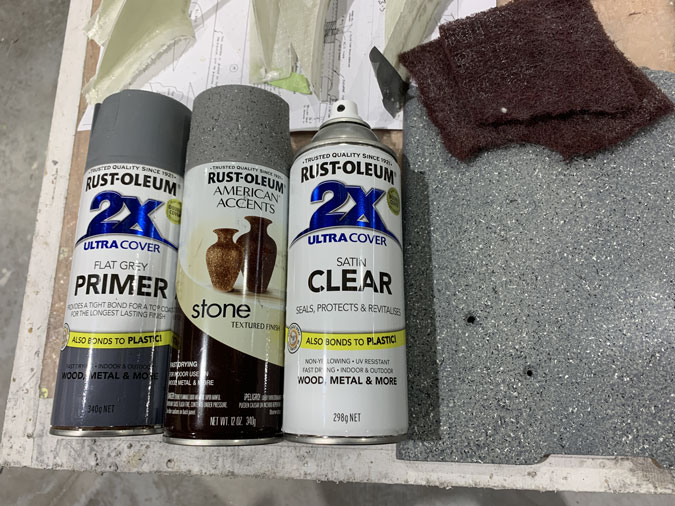
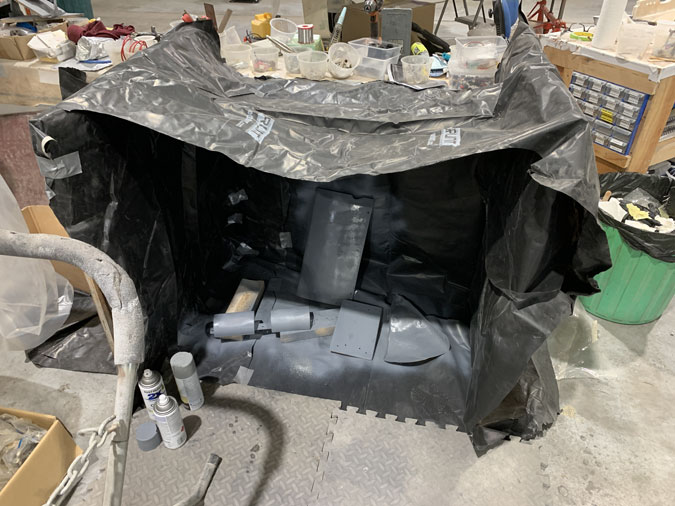
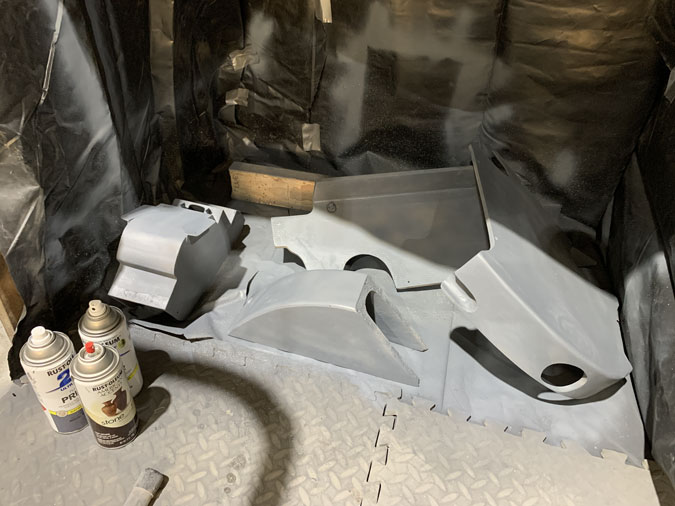

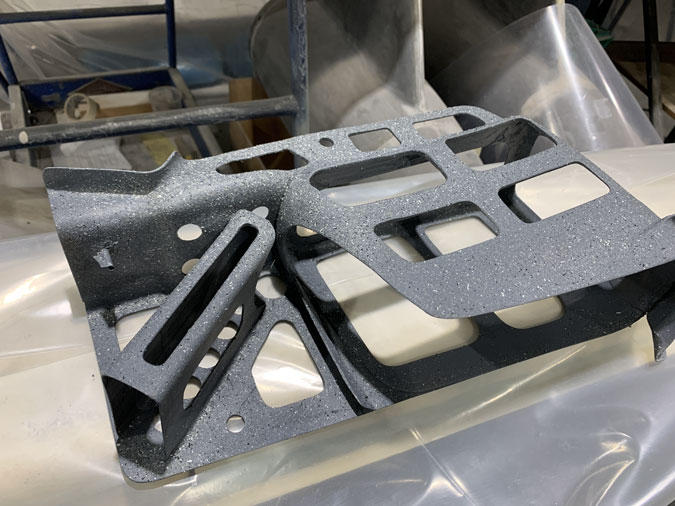
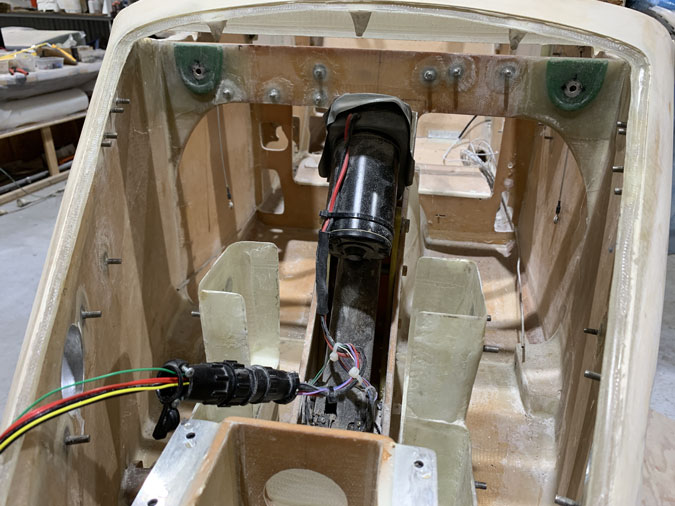

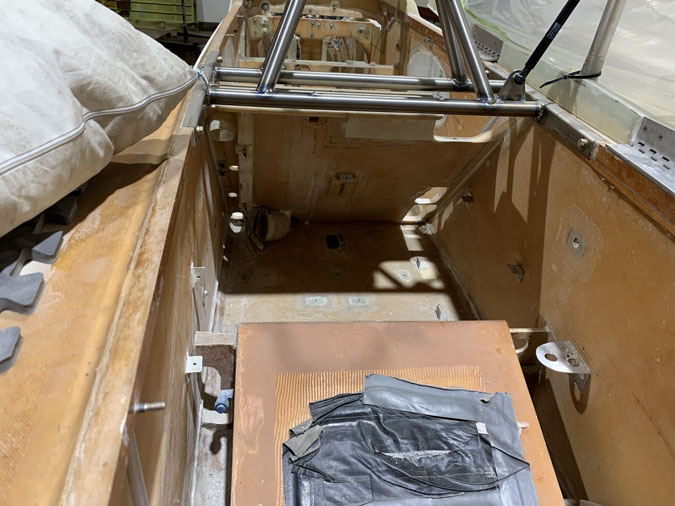

2 Comments. Leave new
I built and flew the first Long EZ in Australia back in the 1980s. VH-LEZ.
Hi Bob, we met briefly some years ago at YLTV. I still have the Glinderman JZE as my ride while the new ones getting done.
LEZ has a great reputation as being a very well made and particularly light LE. You are a bit of a Rock star of the small builder group 😉